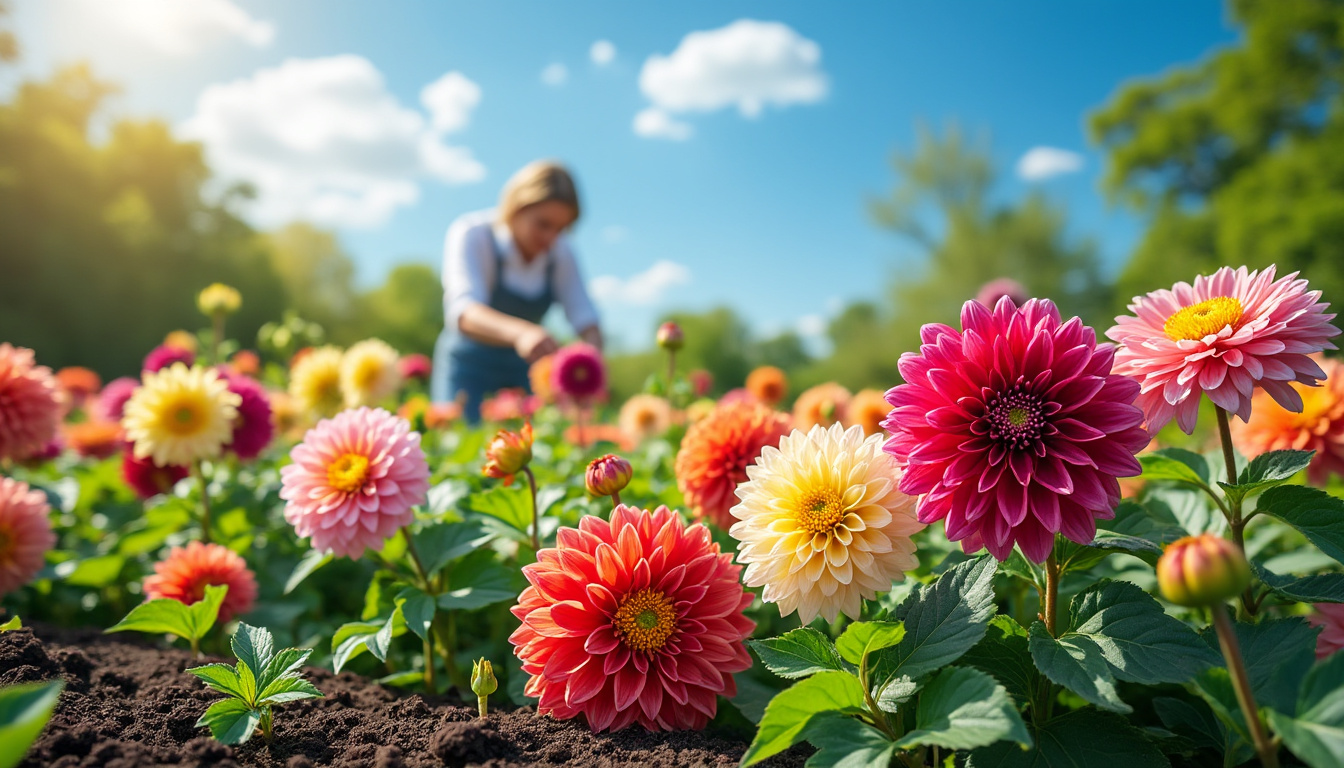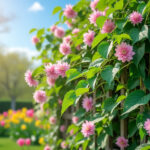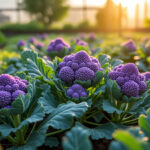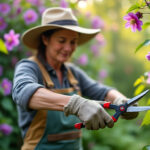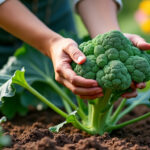Determining the right time to plant dahlias is essential for achieving vibrant blooms and healthy growth. These stunning flowers, celebrated for their extraordinary colors and forms, require careful attention to timing to flourish in the garden. Dahlias, members of the Asteraceae family, thrive in temperate climates where warm summers and cool winters are the norms. This article explores the factors influencing the optimal planting time for dahlias, including soil temperature, frost dates, and growing zones.
- Understanding the Life Cycle of Dahlias
- How to Choose the Perfect Planting Time for Your Dahlias
- The Importance of Soil Temperature for Dahlia Planting
- Spring vs. Fall: Which is the Best Time to Plant Dahlias?
- Preparing Your Soil for Dahlia Planting
- Tubers, Seeds, or Cuttings: Which is the Best Way to Plant Dahlias?
- Common Mistakes to Avoid When Planting Dahlias
- Frequently Asked Questions
Understanding the Life Cycle of Dahlias
The life cycle of dahlias begins with tubers, which are underground storage organs that awaken in the spring as temperatures rise. Once planted, these tubers sprout, producing foliage and flowers from mid-summer to early fall. Following this blooming period, the plants enter a dormant stage, requiring cold temperatures to induce tuber formation for the following season.
Dahlias are sensitive to frost, and it is critical to plant them only after the last frost to ensure optimal growth. In regions with temperate climates, temperatures that stimulate the growth of dahlias range between 60°F and 70°F (15°C and 21°C). Therefore, understanding these growth patterns is crucial for gardeners aiming to achieve success with their dahlias.
How to Choose the Perfect Planting Time for Your Dahlias
When deciding on a planting time for dahlias, consider three key factors: climate, soil temperature, and frost dates. Each of these components plays a significant role in ensuring a robust flowering season.
| Factor | Considerations |
|---|---|
| Climate | Warm summers and cool winters are ideal. Planting times vary by region. |
| Soil Temperature | Soil should be consistently above 60°F (16°C) for proper growth. |
| Frost Dates | Wait until after the last frost date to plant dahlias. |
By evaluating these factors, gardeners can effectively determine when to plant dahlias in their particular regions, whether starting seeds indoors or planting tubers directly outside.
The Importance of Soil Temperature for Dahlia Planting
Soil temperature is crucial for the successful establishment of dahlias. If the soil is too cold, tubers may rot or fail to germinate, leading to poor plant growth. The preferred soil temperature for dahlias ranges from 60°F to 70°F (15°C to 21°C). To check the soil temperature accurately, a soil thermometer is recommended.
In colder climates, waiting for soil temperatures to rise adequately before planting is vital in preventing any potential setbacks in dahlia growth.
Spring vs. Fall: Which is the Best Time to Plant Dahlias?
The debate of whether to plant dahlias in spring or fall often arises among gardeners. Each season presents distinct advantages and challenges.
| Season | Advantages | Disadvantages |
|---|---|---|
| Spring | Longer growing season, warmer soil, ideal for growth. | Risk of late frost and too much moisture in the soil. |
| Fall | Cooler weather can deter pests, early establishment. | Risk of early frosts and drying soil conditions. |
Ultimately, the choice depends on personal preferences and local climate conditions.
When to plant crocosmia bulbs for optimal growth
Preparing Your Soil for Dahlia Planting
Before planting dahlias, soil preparation is essential for optimum growth. Dahlias thrive in well-draining, rich soil. Here are a few tips:
- Add compost or well-rotted manure to enrich soil fertility.
- Use balanced fertilizers, particularly those high in phosphorus, to promote healthy roots.
- Ensure good drainage by incorporating organic matter such as peat moss.
Proper soil preparation not only enhances nutrient availability but also facilitates root establishment, crucial for thriving dahlia plants.
Tubers, Seeds, or Cuttings: Which is the Best Way to Plant Dahlias?
Choosing the right propagation method for dahlias is key to successful flowering. The most popular methods include planting tubers, sowing seeds, or using cuttings.
| Method | Advantages | Considerations |
|---|---|---|
| Tubers | Faster growth and immediate flowering potential. | Requires knowledge of proper planting depth. |
| Seeds | Cost-effective and allows for genetic variation. | Time-consuming, with longer waiting for blooms. |
| Cuttings | Stronger plants from established mother plants. | More skill and care needed for successful rooting. |
Each method serves different gardening goals, and the best choice depends on individual circumstances.
Common Mistakes to Avoid When Planting Dahlias
To maximize success with dahlias, gardeners should avoid common pitfalls:
- Planting too early or too late based on local frost dates.
- Neglecting to provide adequate support for taller varieties.
- Overwatering, leading to potential root rot.
- Failing to deadhead spent blooms, which encourages further flowering.
Frequently Asked Questions
When is the best time to plant dahlias? The best time is in spring, after the last frost date and when soil temperatures are consistently warm.
Can dahlias survive in colder climates? Yes, but they may need to be lifted and stored indoors to protect against extreme cold.
How do I prepare my soil for dahlias? Improve soil with organic matter, ensure proper drainage, and check pH levels for optimal growth.
What are the benefits of deadheading dahlias? Deadheading encourages more blooms and improves the plant’s overall appearance.
Is it necessary to fertilize dahlias? Yes, fertilization supports robust growth and flowering but should be balanced with nitrogen levels to avoid excessive foliage growth.
For those looking to source their dahlias, consider options such as Burpee, Gardener’s Supply Company, Eden Brothers, Johnsons Seeds, and Park Seed. These providers offer a variety of dahlias and essentials needed for optimal growth.

